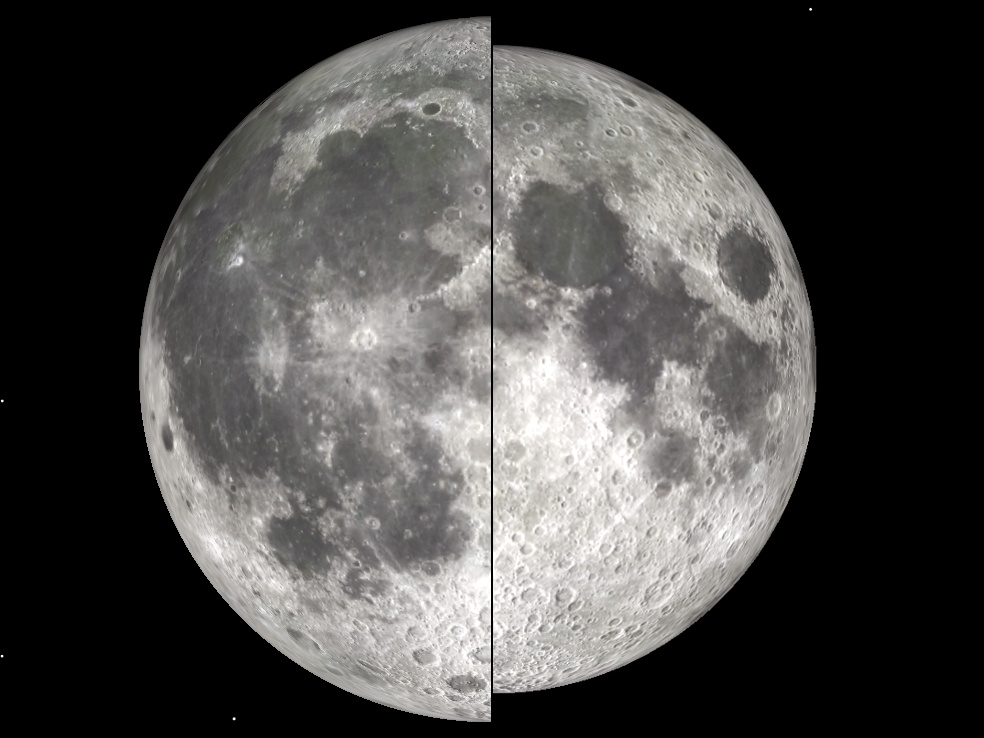
The Moon’s orbit is far from circular and its distance at closest approach to Earth, termed perigee, varies each lunar month. New Year’s Day at 21:56 UT (9:56pm GMT) sees the nearest perigee of 2018 and there won’t be one closer until 25 November 2034. This will only be surpassed by the 356,447-kilometre (221,486-mile) perigee of 6 December 2052 — the closest of the century.
The circumstances of 2018’s closest Moon get a little more interesting a few hours later since full Moon occurs at 02:24 UT (2:24am GMT) on Tuesday, 2 January. The proximity of perigee and a full Moon, giving rise to a full Moon almost 8 percent larger than average on this occasion, is commonly called a supermoon (technically, a perigee-syzygy of the Earth–Moon–Sun system).
Observers in the UK receive something of a bonus for the lunar perigee on 1 January since it occurs when the Moon is above the horizon, hence we are on the lunar-facing hemisphere of the Earth and somewhat closer to it than the centre of our planet. Consequently, for someone in the heart of the British Isles, the perigee Moon’s centre lies 351,816 kilometres (218608 miles) away and measures 34 arcminutes in size — some 9 percent larger than average.
To summarise, Tuesday’s full Moon is the largest of the year and the next time you’ll see a larger one is on 25 November 2034 (calculated for the geocentre). And as an added bonus this month, a second full Moon falls on 31 January. The second full Moon in a given month is sometimes called a Blue Moon, but this one’s going to have a decidedly reddish hue for observers in north-western North America, the Pacific, Asia and Australasia for it will be totally eclipsed by the Earth’s shadow!



